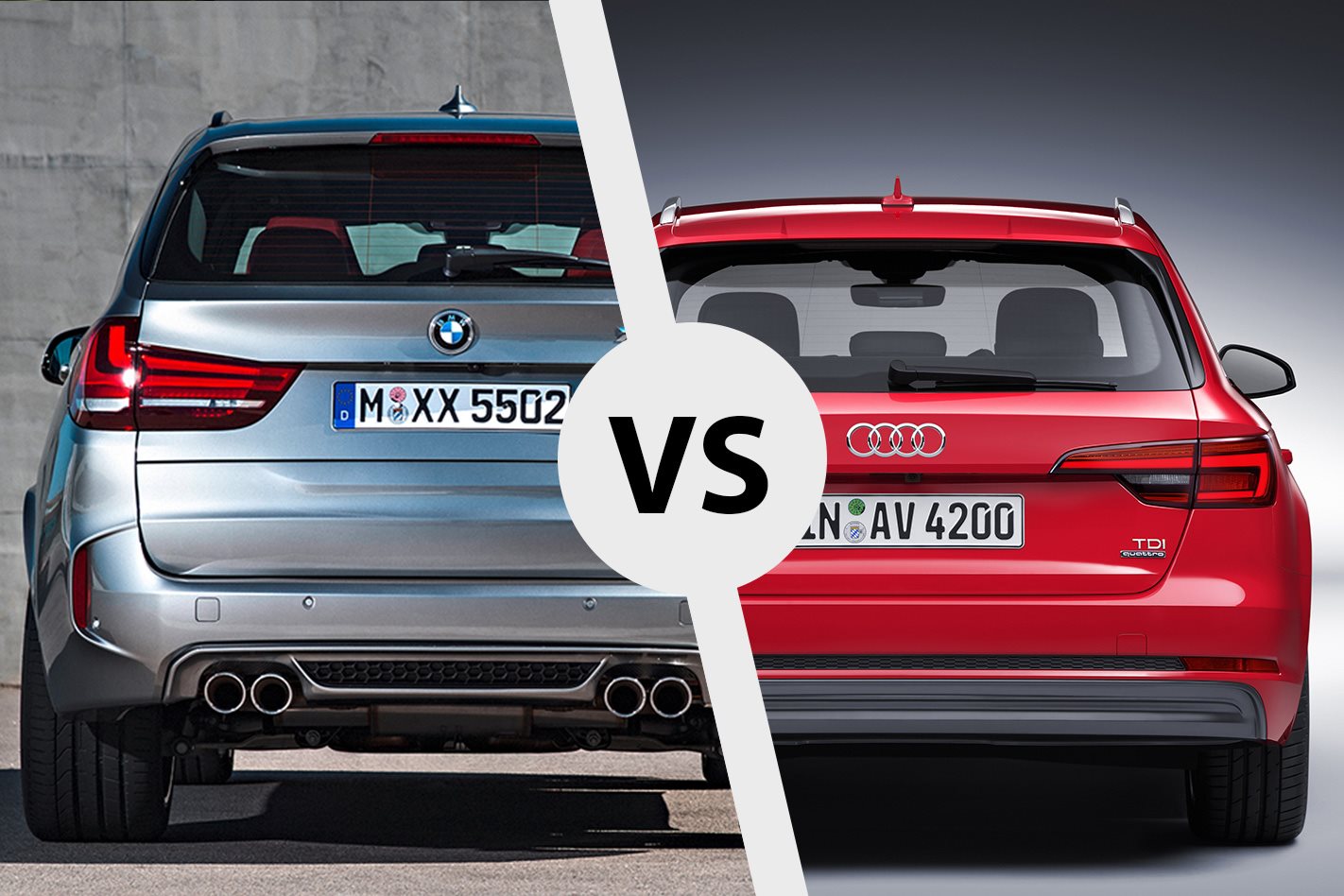
Australia’s love affair with the Sports Utility Vehicle continues unabated, with sales of SUVs now besting passenger cars every month.
The SUV has truly hit its stride in the past decade, with the compact market, in particular, providing Australians with a myriad of options across almost every brand.
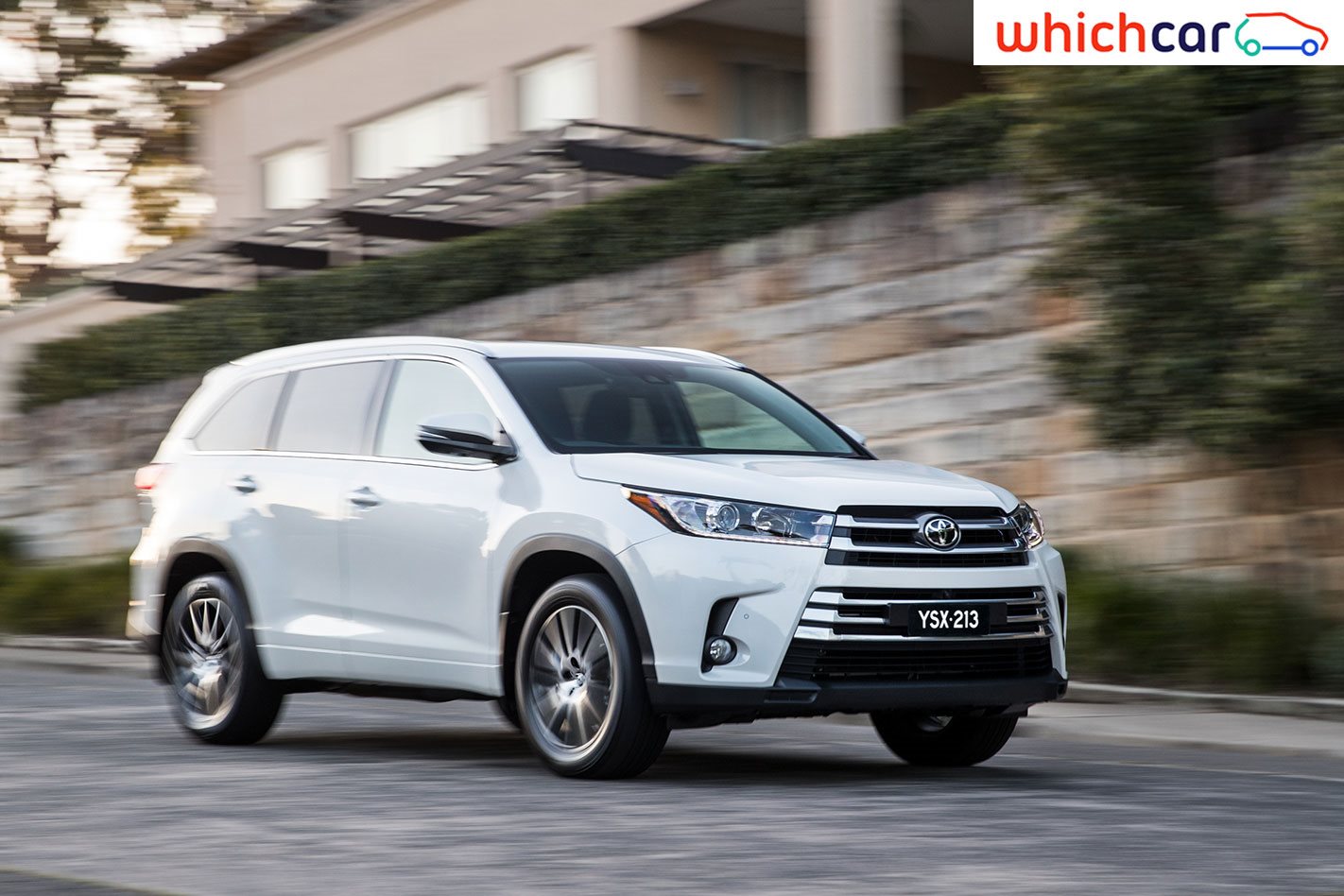
Of course, this has had an impact on other sectors in the market, from large and medium sedans right through to light hatchbacks suffering from lower sales across the board.
The drop in sales has led to a corresponding cull in the number of SUV alternates on the market, as well.
But that doesn’t mean you should simply default to an SUV if you’re looking for a car that can carry a load, a pet or two, or even a lot of luggage. A sedan-based wagon may actually suit you better, and in more ways than you might think.
RUNNING COSTS
The original premise of an SUV was a vehicle that was designed to not only go on the road but off it as well.
Engineering it to do two jobs means more tech, more complicated suspension and more weight for additional strength.
The more heavy-duty or specialised the SUV is, the more it can cost to service, and high-wear items like tyres and brake pads will need to be replaced more often.
If your SUV is a true offroader, then it will likely be wearing all-terrain style tyres that are heavier, noisier and more expensive to replace as well.
Then there’s registration. A heavier vehicle can mean paying a bigger annual fee; the theory is that a heavier vehicle does more damage to the road, so the owner has to pay a higher rate of tax.
FUEL ECONOMY
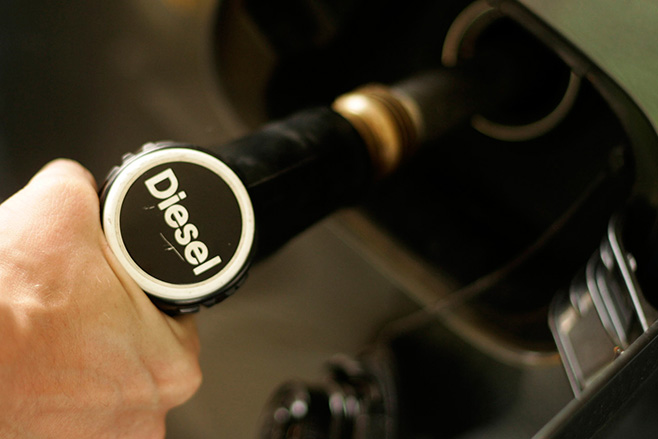
A wagon will often offer better fuel economy than a similarly-engined SUV, thanks to lighter weight and less drag through the air due to a more streamlined body.
The wagon’s decreased weight comes from the fact it doesn’t need overbuilt suspension, complex all-wheel-drivetrains and additional offroad-specific equipment to do its job.
Add in the frugal diesels and turbocharged four-cylinder petrol-powered cars of cars like the Ford Mondeo or Volvo V60 wagon, Volkswagen’s Passat and Skoda’s Octavia and Superb offerings, as well as the much-loved Mazda6 wagon and it’s clear that wagons have a definite advantage at the bowser over larger, heavier and not-so-slippery SUVs.
HANDLING
Wagons are sedan-based, so are lower to the ground than SUVs, and typically are lighter as well. Add road suspension instead of soft/offroad suspension and smaller tyres, and you have a vehicle that should handle better than an SUV.
The improvement to handling also means that a wagon can be a much easier car to drive over a long distance. It’s less affected by wind and side drafts, for example, and the lighter wheel/tyre package means that it accelerates and brakes with less effort.
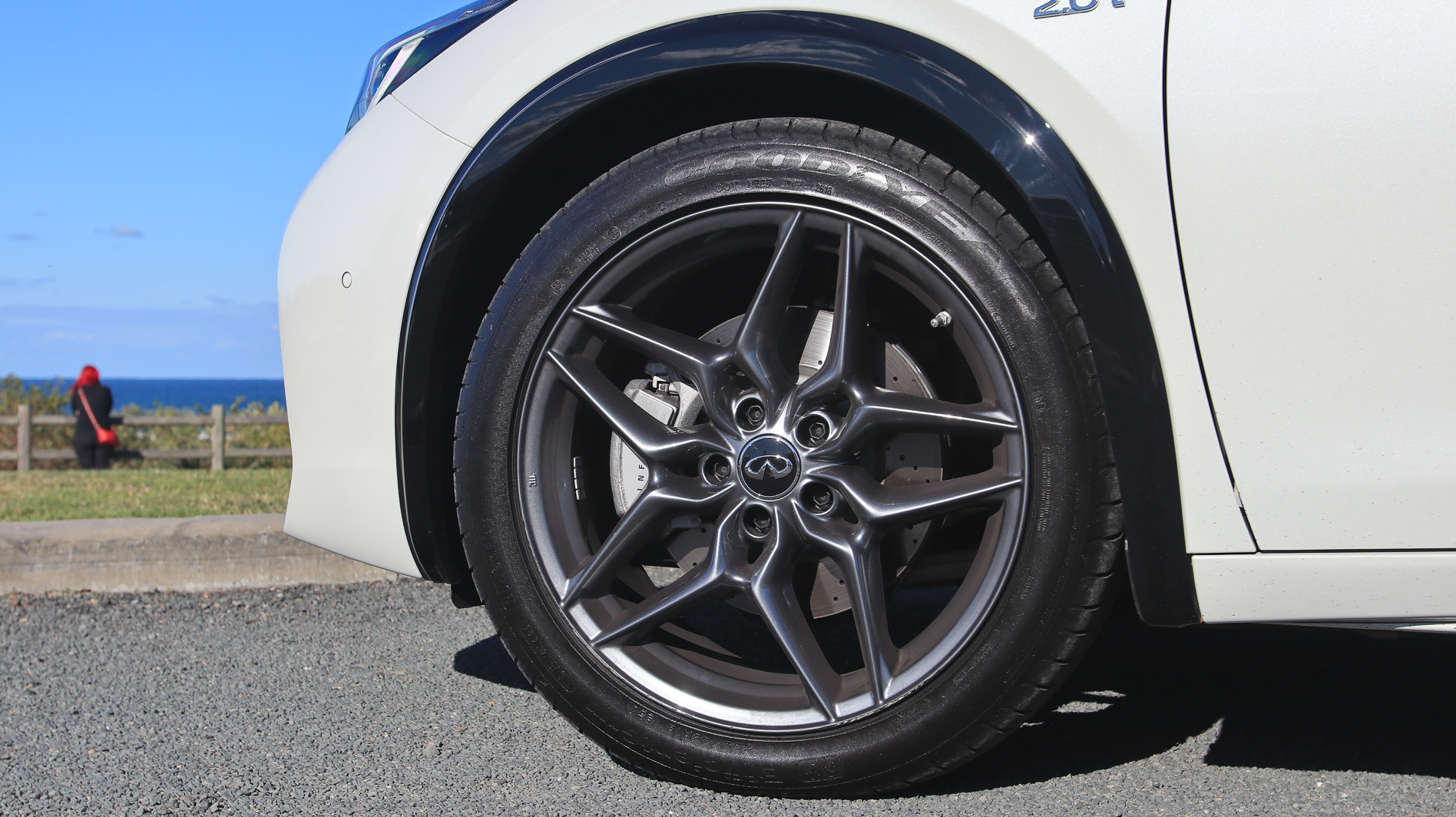
As well, there are plenty of wagons on sale from premium brands like Audi, BMW and Mercedes-Benz that offer incredibly high levels of active and passive safety equipment that will allow the car to almost drive itself.
VISION
Here, the SUV is a clear winner. A higher driving position offers better forward vision, while the side mirrors are typically bigger. Rear vision can be compromised, but most SUVs are equipped with reversing cameras and sensors.
Vision is also often better for passengers in the second row of seats in an SUV, which means happier little people. For example, the Mazda6 wagon is a lovely design for its genre, but pop a small human in the dark rear row and watch the tears of boredom roll; the compromise for that lovely design is a high shoulder and sill, and a smaller window.
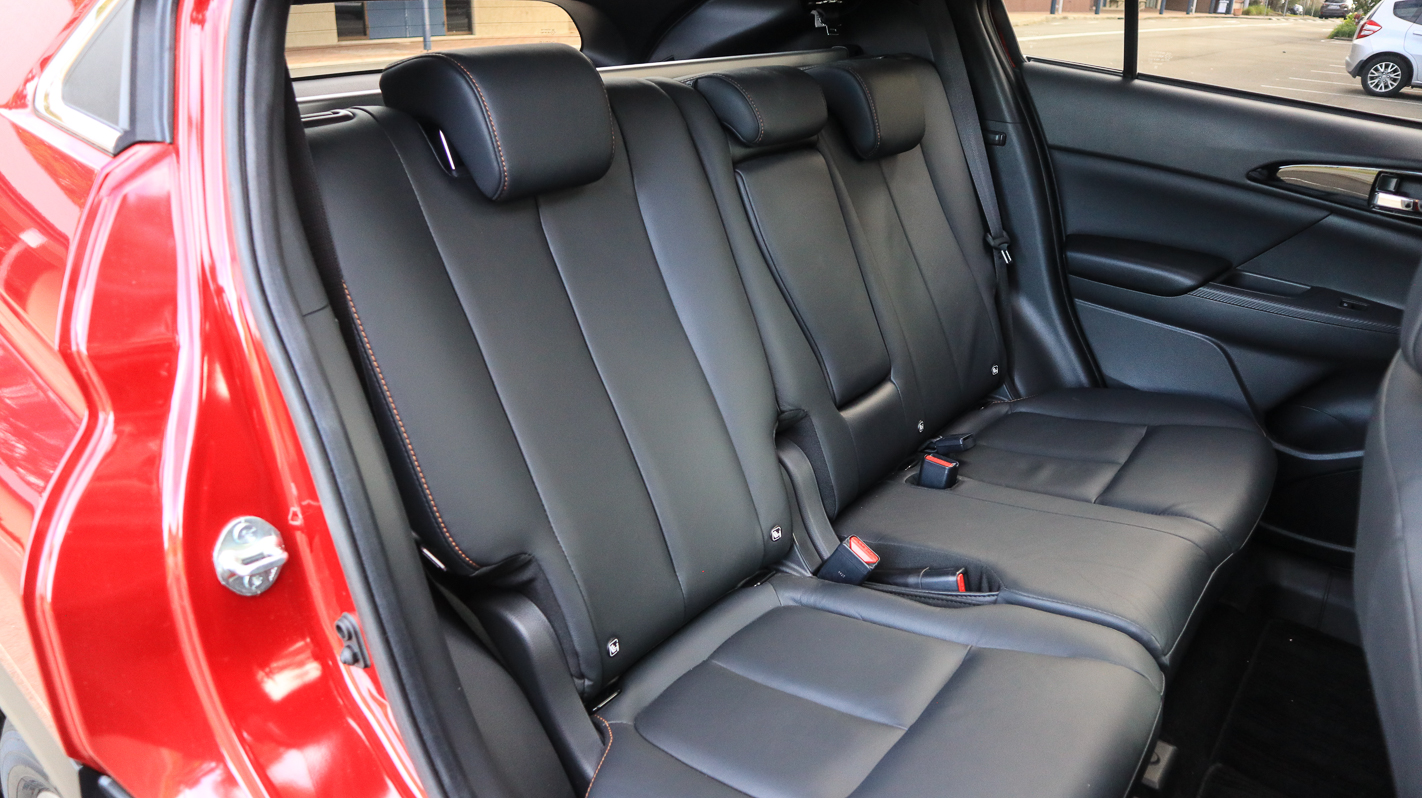
Of course, the same can be said of some SUV types – Mazda’s otherwise excellent CX-7 and CX-5 are both dark and dull for juniors, as well.
THE THIRD ROW
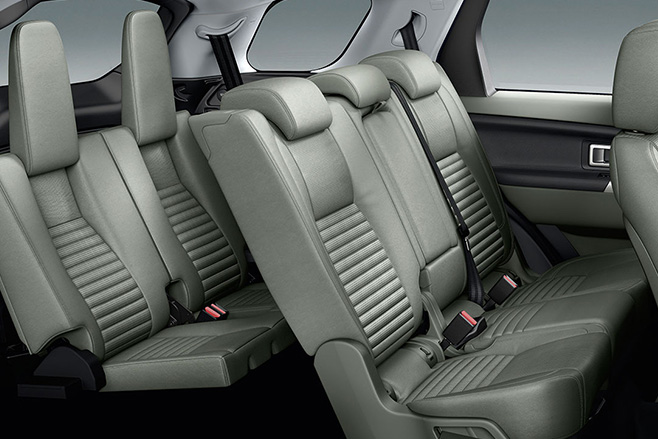
Many SUVs these days, especially in the medium- and large-sized sectors, come with a third row of seats. Of course, many third rows are only good for kids or agile small adults, and reduce boot space to almost nothing when in use. Just be sure to check that your side-impact airbags go all the way to the third-row seats.
BOOT SPACE
One of the key reasons many people lean towards an SUV over a wagon is the perception that an SUV has more boot space. It’s not necessarily true, though.
Take, for example, the Holden Commodore ZB Sportwagon. With 560 litres with the seats up and 1665 litres of luggage space available with the seats down, it compares favourably to most medium-sized SUVs on the market – and even some of the larger ones.
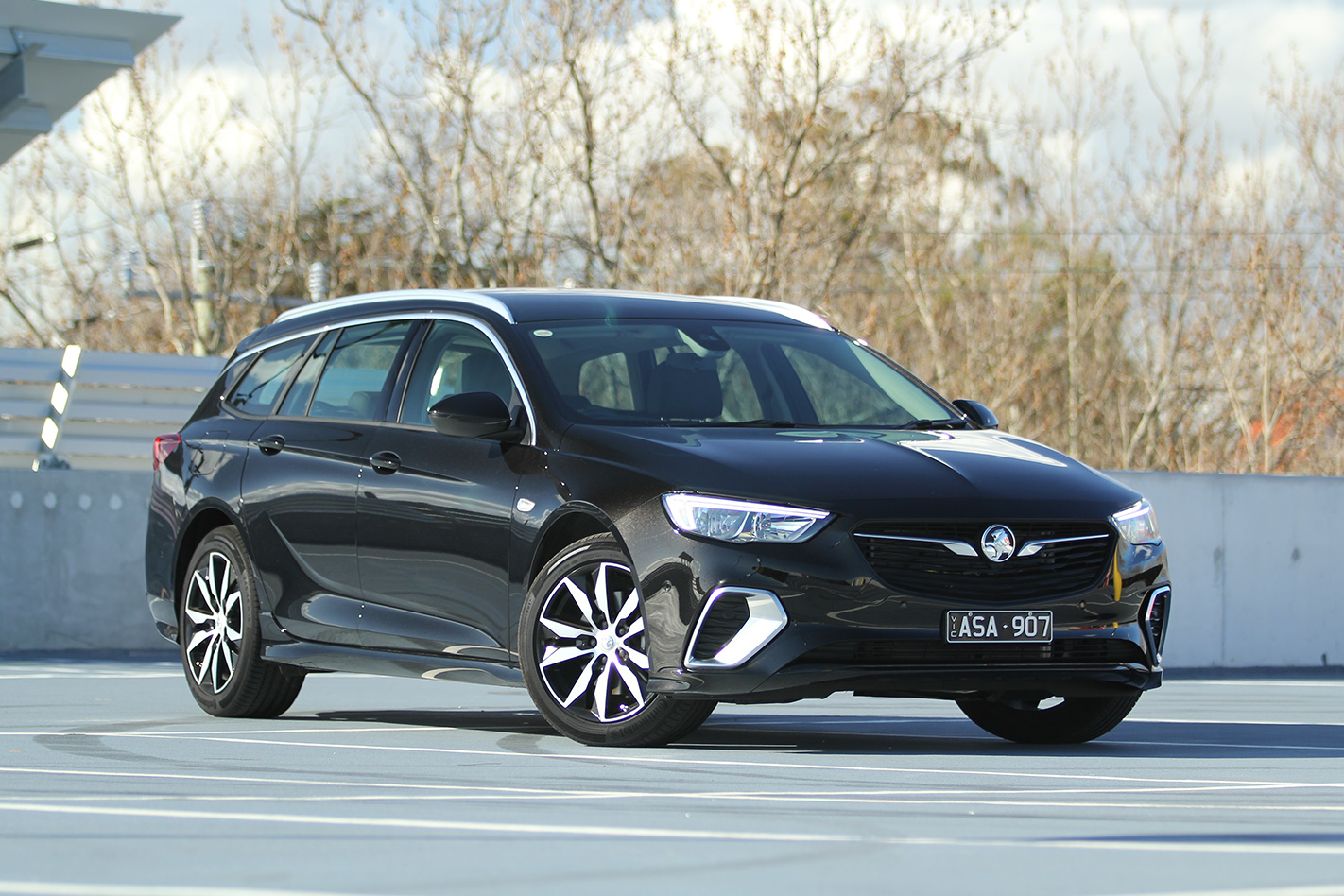
Take the popular CX-5 – it only offers 442L/1342L of space, while the larger CX-9 offers 810L and 1641L.
Be sure to investigate the boot space with seats up and down, and check that the seats fold fully flat if you need a really big cargo area for load-lugging.
SOFT-ROADING?
Even if you only venture off the beaten track a few times a year, it’s still great to have the freedom to do so on a whim in an SUV. But honestly, don’t discount the wagon. Most wagons will handle a surprisingly rough dirt road without issue, and offer enough ground clearance to negotiate the odd obstacle.
Unless you are sure you need an SUV to caper through the forests and fields, it pays to look further afield than the usual suspects for a vehicle that’s right for you – a wagon, an MPV, crossover, or wagon-backed hatch may be better suited to your purposes.



